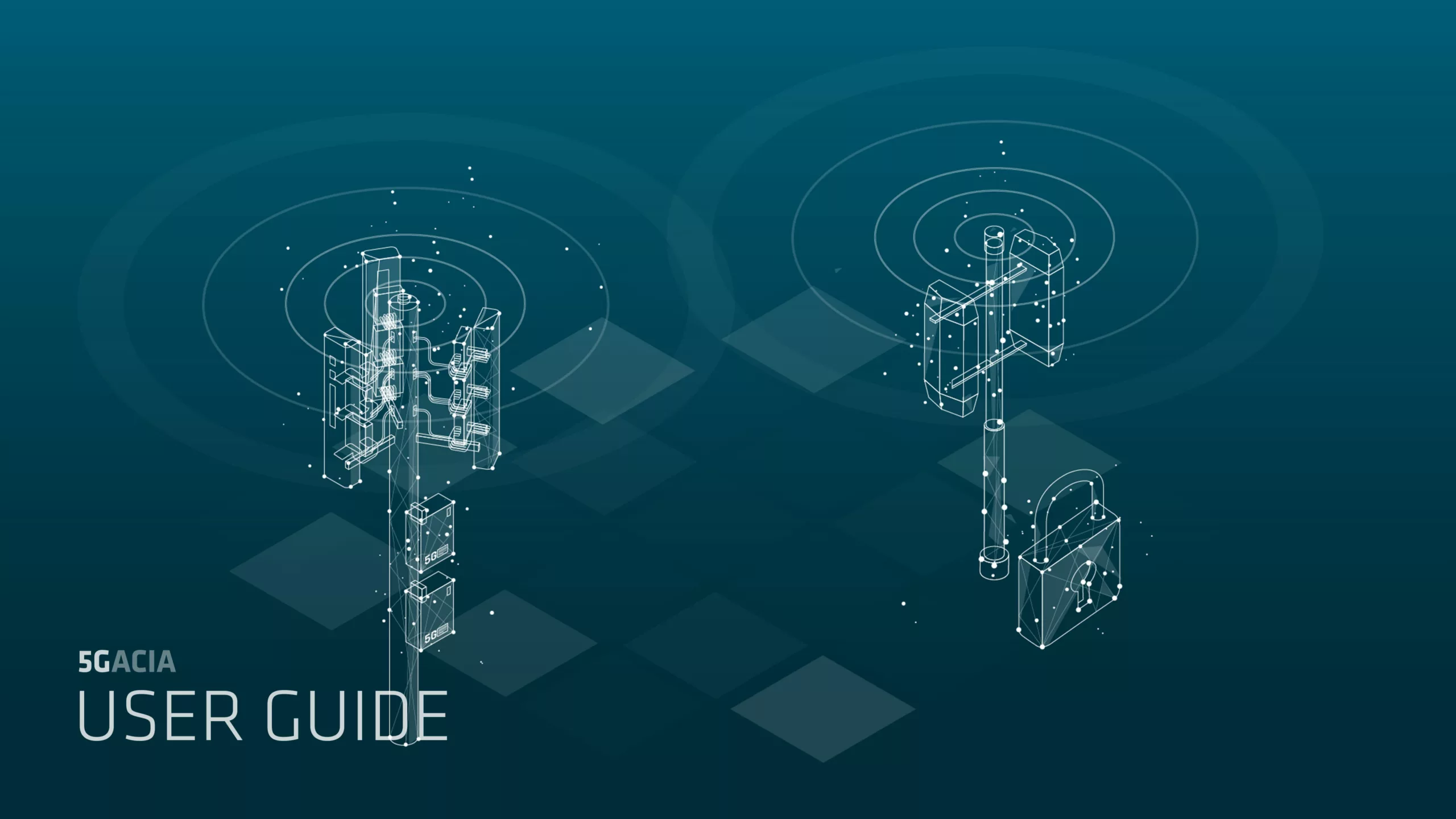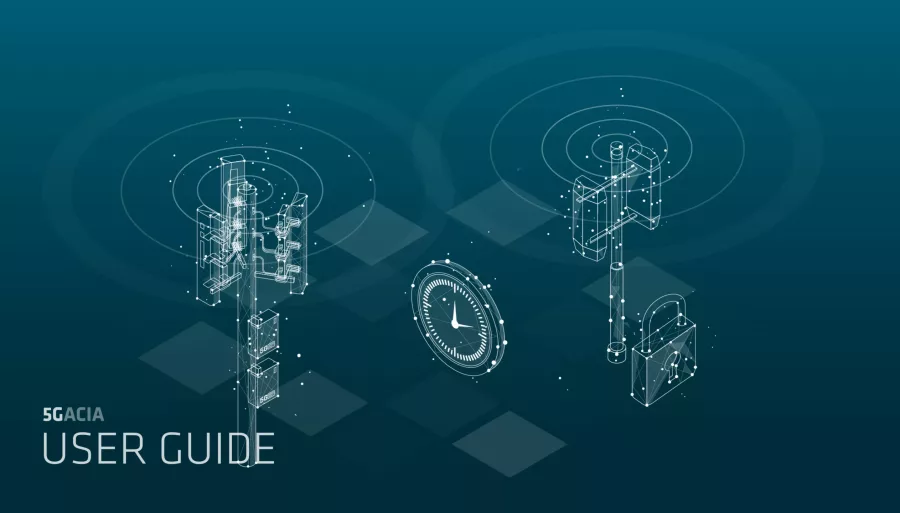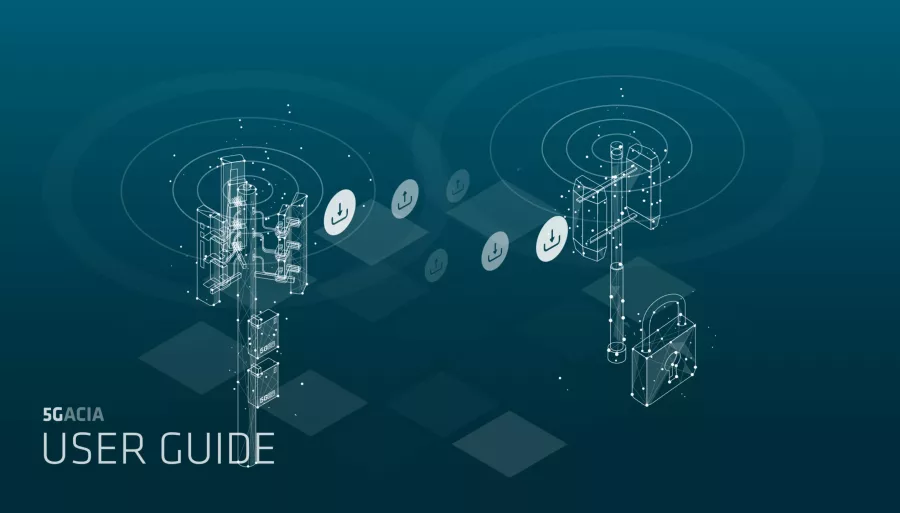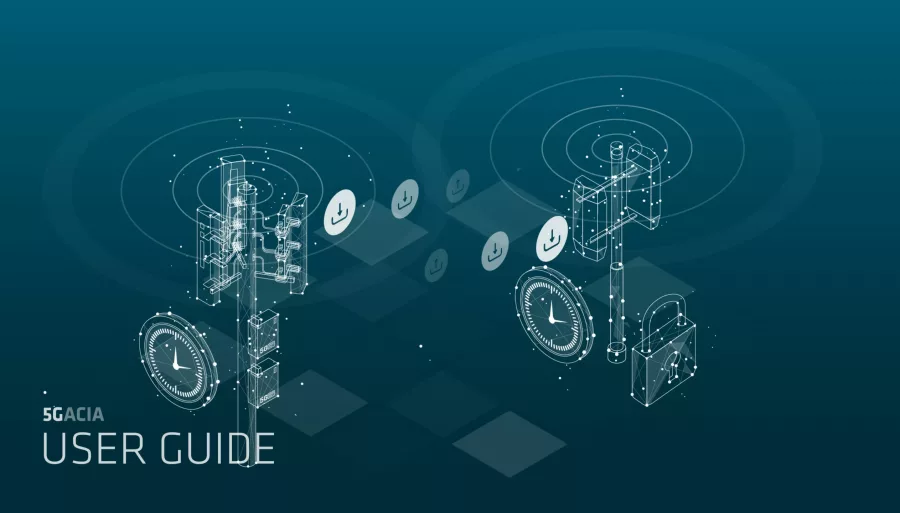With the deployment of 5G TDD networks, the mobile network community recognizes the critical importance of cell synchronization and the use of uniform TDD patterns across neighboring networks for the proper functioning of mobile radio networks. Whether this presents challenges for a non-public network (NPN) depends on the degree of influence from potentially neighboring networks, which is influenced by several factors.
To quantify the effects of non-synchronized cells and differing TDD patterns in neighboring networks, Rohde & Schwarz, in collaboration with TU Dresden and Advancing Individual Networks GmbH (AIN), conducted a measurement campaign using mobile networks with full control over all network parameters. The campaign took place outdoors, with the neighboring networks positioned 50 meters apart, and no additional attenuation beyond free space loss. During this campaign, the impact of non-synchronized networks on uplink and downlink throughput was measured and correlated with the Received Signal Strength Indicator (RSSI) and Reference Signal Received Power (RSRP) values at the interfered site. These measurements allow for the prediction of throughput reductions based on the RSRP level of the interfering neighboring site.
This quantification is valuable for predicting and assessing potential interference scenarios before setting up and operating a site. Such scenarios include cross-border situations, interactions between private campus networks and public mobile networks, and accidental synchronization chain breaks or misconfigurations within the network. The following subtopics describe the challenges, potential performance degradations, and provide recommendations to control their impact.
While accidental synchronization chain breaks or misconfigurations within the network are exceptional cases that can be avoided with proper planning and operation, any intended deviation of the NPN’s UL/DL patterns from the public networks in the same band needs to be addressed to ensure continued smooth operation.



